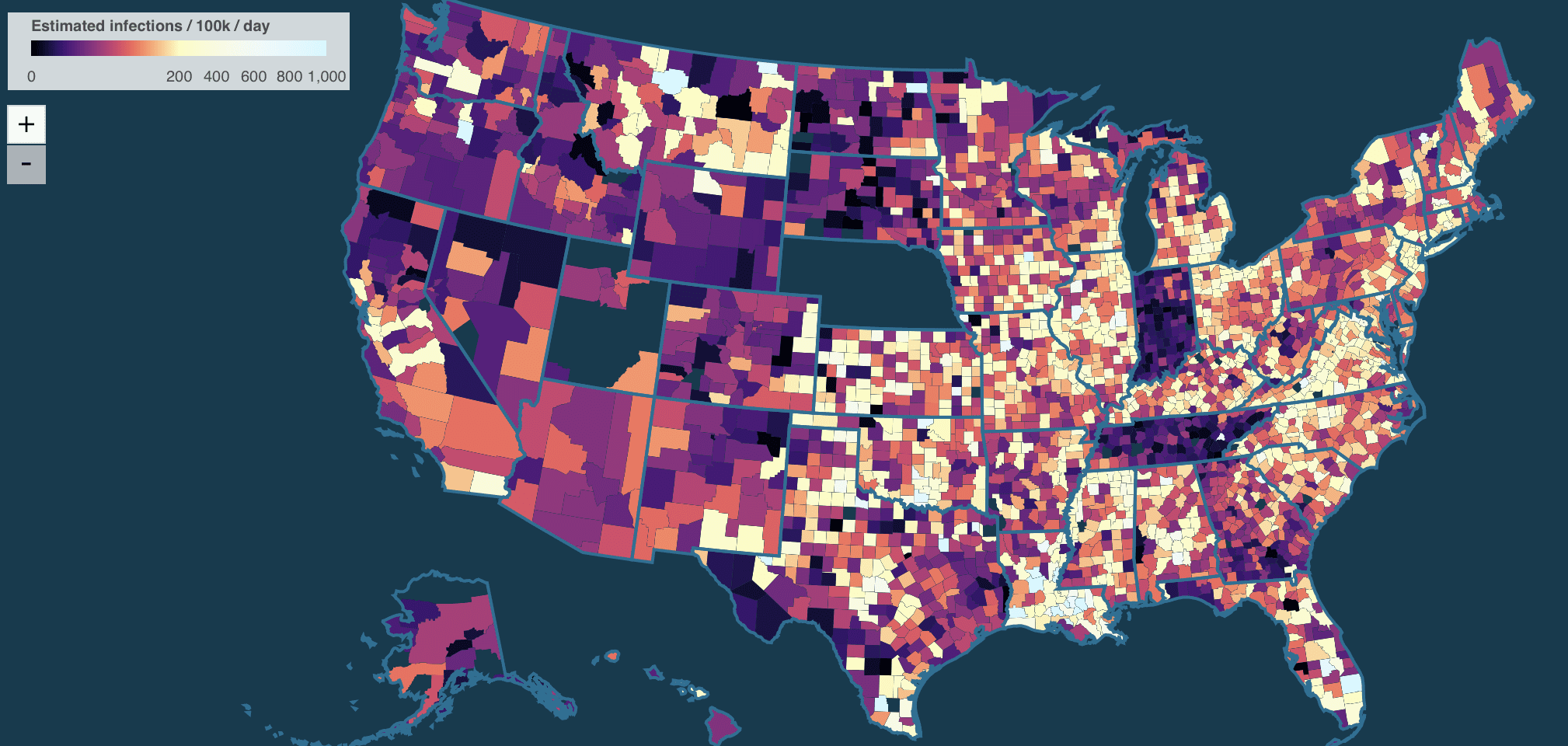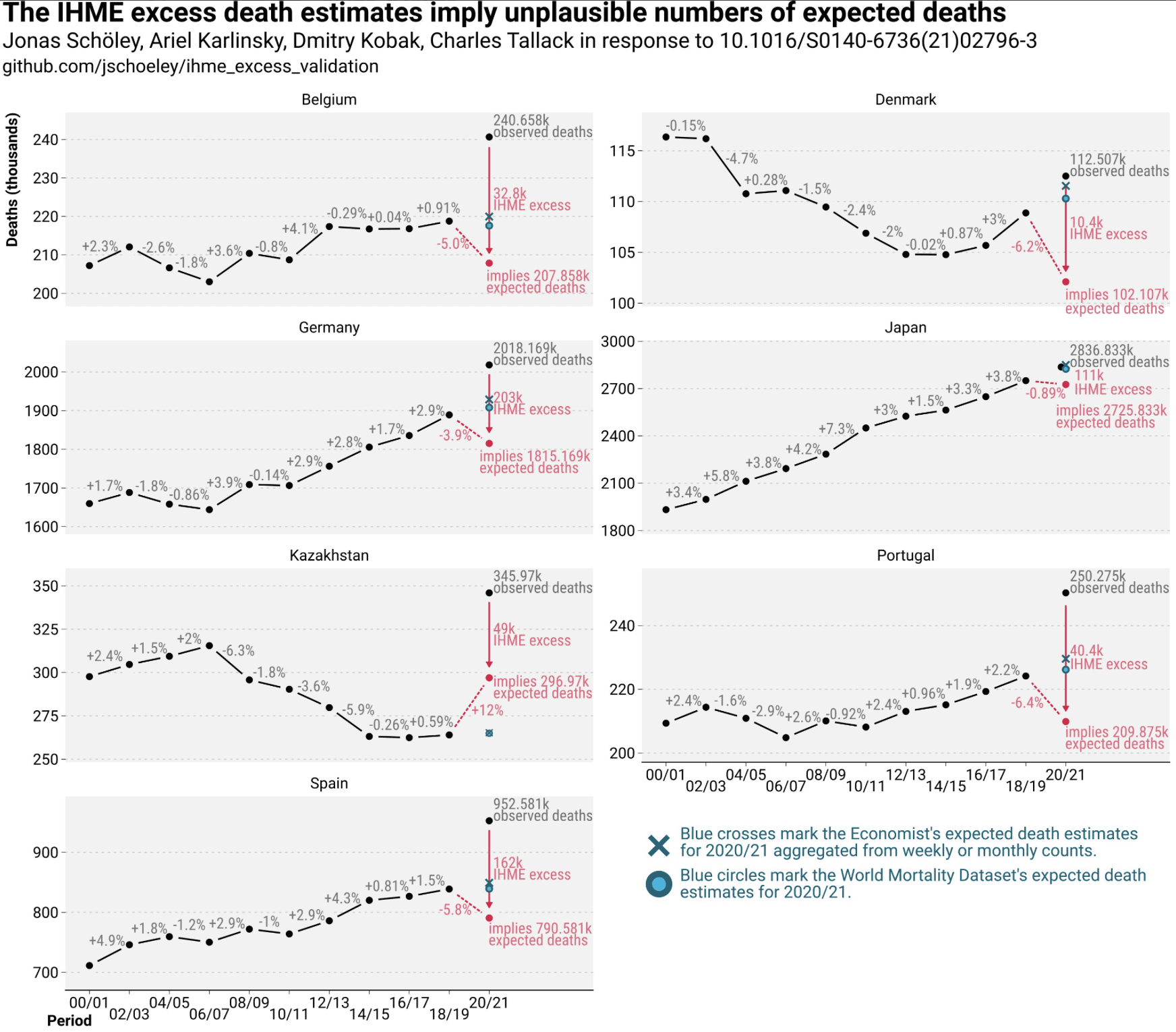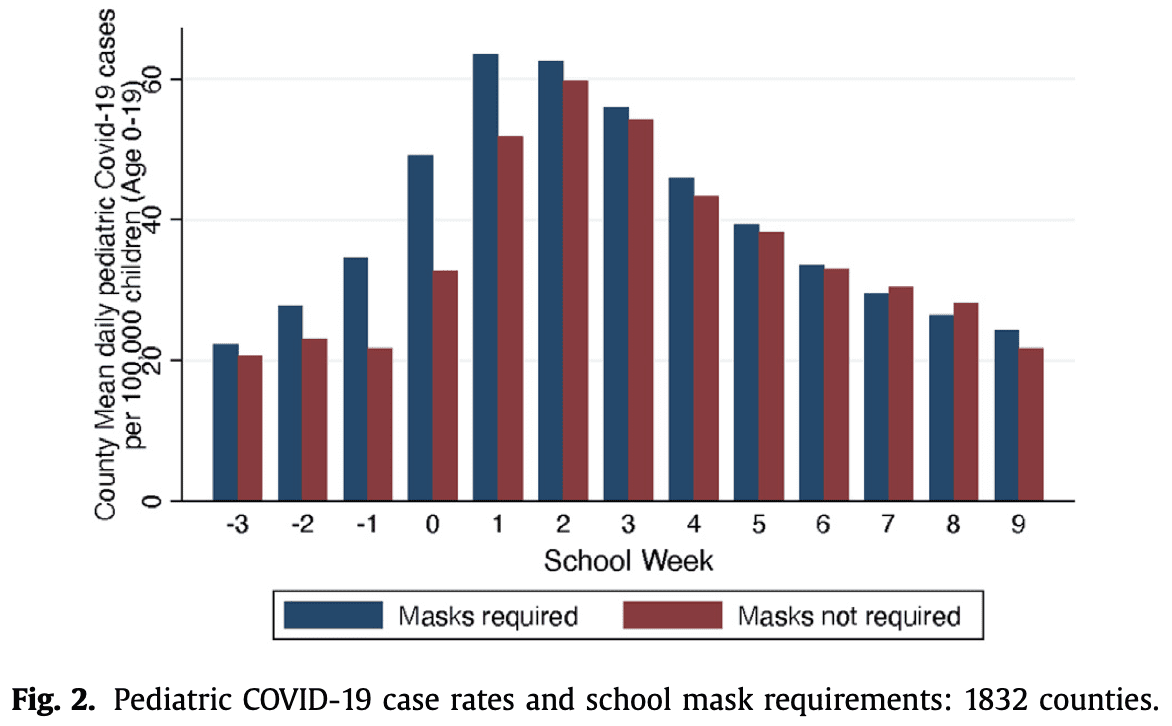OK, this news story is just bizarre:
A Yale Professor Suggested Mass Suicide for Old People in Japan. What Did He Mean?
In interviews and public appearances, Yusuke Narita, an assistant professor of economics at Yale, has taken on the question of how to deal with the burdens of Japan’s rapidly aging society.
“I feel like the only solution is pretty clear,” he said during one online news program in late 2021. “In the end, isn’t it mass suicide and mass ‘seppuku’ of the elderly?” Seppuku is an act of ritual disembowelment that was a code among dishonored samurai in the 19th century.
Ummmm, whaaaa?
The news article continues:
Dr. Narita, 37, said that his statements had been “taken out of context” . . . The phrases “mass suicide” and “mass seppuku,” he wrote, were “an abstract metaphor.”
“I should have been more careful about their potential negative connotations,” he added. “After some self-reflection, I stopped using the words last year.”
Huh? “Potential” negative connotations? This is just getting weirder and weirder.
And this:
His Twitter bio: “The things you’re told you’re not allowed to say are usually true.”
On this plus side, this is good news for anyone concerned about social and economic inequality in this country. The children of the elites get sent to Yale, they’re taught this sort of up-is-down, counterintuitive stick-it-to-the-man crap, and to the extent they believe it, it makes them a bit less effective in life, when they enter the real world a few years later. Or maybe they don’t believe this provocative crap, but at least they’ve still wasted a semester that they could’ve spent learning economics or whatever. Either way it’s a win for equality. Bring those Ivy League kids down to the level of the rabble on 4chan!
And then this bit, which is like a parody of a NYT article trying to be balanced:
Shocking or not, some lawmakers say Dr. Narita’s ideas are opening the door to much-needed political conversations about pension reform and changes to social welfare.
In all seriousness, I’m sure that Yale has some left-wing professors who are saying things that are just as extreme . . . hmmmm, let’s try googling *yale professor kill the cops* . . . bingo! From 2021:
A Psychiatrist Invited to Yale Spoke of Fantasies of Shooting White People
A psychiatrist said in a lecture at Yale University’s School of Medicine that she had fantasies of shooting white people, prompting the university to later restrict online access to her expletive-filled talk, which it said was “antithetical to the values of the school.”
The talk, titled “The Psychopathic Problem of the White Mind,” had been presented by the School of Medicine’s Child Study Center as part of Grand Rounds, a weekly forum for faculty and staff members and others affiliated with Yale to learn about various aspects of mental health. . . .
“This is the cost of talking to white people at all — the cost of your own life, as they suck you dry,” Dr. Khilanani said in the lecture . . . “I had fantasies of unloading a revolver into the head of any white person that got in my way, burying their body and wiping my bloody hands as I walked away relatively guiltless with a bounce in my step, like I did the world a favor,” she said, adding an expletive. . . .
Dr. Khilanani, a forensic psychiatrist and psychoanalyst, said in an email on Saturday that her words had been taken out of context to “control the narrative.” She said her lecture had “used provocation as a tool for real engagement.” . . .
Don’t you hate it when you make a racist speech and then people take it out of context? So annoying!
The situations aren’t exactly parallel, as she was a visitor, not a full-time faculty member. Let’s just say that Yale is a place where you’ll occasionally hear some things with “potentially negative connotations.”
Getting back to the recent story:
Some surveys in Japan have indicated that a majority of the public supports legalizing voluntary euthanasia. But Mr. Narita’s reference to a mandatory practice spooks ethicists.
Jeez, what is it with the deadpan tone of this news article? “A mandatory practice” . . . that means someone’s coming to kill grandma. You don’t have to be an “ethicist” to be spooked by that one!
And then this:
In his emailed responses, Dr. Narita said that “euthanasia (either voluntary or involuntary) is a complex, nuanced issue.”
“I am not advocating its introduction,” he added. “I predict it to be more broadly discussed.”
What the hell??? Voluntary euthanasia, sure, I agree it’s complicated, and much depends on how it would be implemented. But “involuntary euthanasia,” that’s . . . that’s murder! Doesn’t seem so complex to me! Then again, my mom is 95 so maybe I’m biased here. Unlike this Yale professor, I don’t think that the question of whether she should be murdered is a complex, nuanced issue at all!
On the other hand, my mom’s not Japanese so I guess this Narita dude isn’t coming after her—yet! Maybe I should be more worried about that psychiatrist who has a fantasy of unloading a revolver into her head. That whole “revolver” thing is particularly creepy: she’s not just thinking about shooting people, she has a particular gun in mind.
In all seriousness, political polarization is horrible, and I think it would be a better world if these sorts of people could at least feel the need to keep quiet about their violent fantasies.
But, hey, he has “signature eyeglasses with one round and one square lens.” How adorable is that, huh? He may think that killing your grandparents is “a complex, nuanced issue,” but he’s a countercultural provocateur! Touches all bases, this guy.
Saving the best for last
Near the end of the article, we get this:
At Yale, Dr. Narita sticks to courses on probability, statistics, econometrics and education and labor economics.
Probability and statistics, huh? I guess it’s hard to find a statistics teacher who doesn’t think there should be broad discussions about murdering old people.
Dude also has a paper with the charming title, “Curse of Democracy: Evidence from the 21st Century.”
Democracy really sucks, huh? You want to get rid of all the olds, but they have this annoying habit of voting all time. Seriously, that paper reads like a parody of ridiculous instrumental-variables analyses. I guess if this Yale thing doesn’t work out, he can get a job at the University of California’s John Yoo Institute for Econometrics and Democracy Studies. This work is as bad as the papers that claimed that corporate sustainability reliably predicted stock returns and that unionization reduced stock price crash risk. The only difference is that those were left-wing claims and the new paper is making a right-wing claim. Statistics is good that way—you can use it to support causal claim you want to make, just use some fancy identification strategy and run with it.
A wistful dream
Wouldn’t it be cool if they could set up a single university for all the haters? The dude who’s ok with crush children’s testicles, the guy who welcomes a broad discussion of involuntary euthanasia, the lady who shares her fantasies of unloading her revolver . . . the could all get together and write learned treatises on the failure of democracy. Maybe throw in some election deniers and covid deniers too, just to keep things interesting.
It’s interesting how the university affiliation gives this guy instant credibility. If he was just some crank with an econ PhD and a Youtube channel who wanted to talk about killing oldsters and the curse of democracy, then who would care, right? But stick him at Yale or Stanford or whatever, and you get the serious treatment. Dude’s econometrics class must be a laff riot: “The supply curve intersects 0 at T = 75 . . .”






